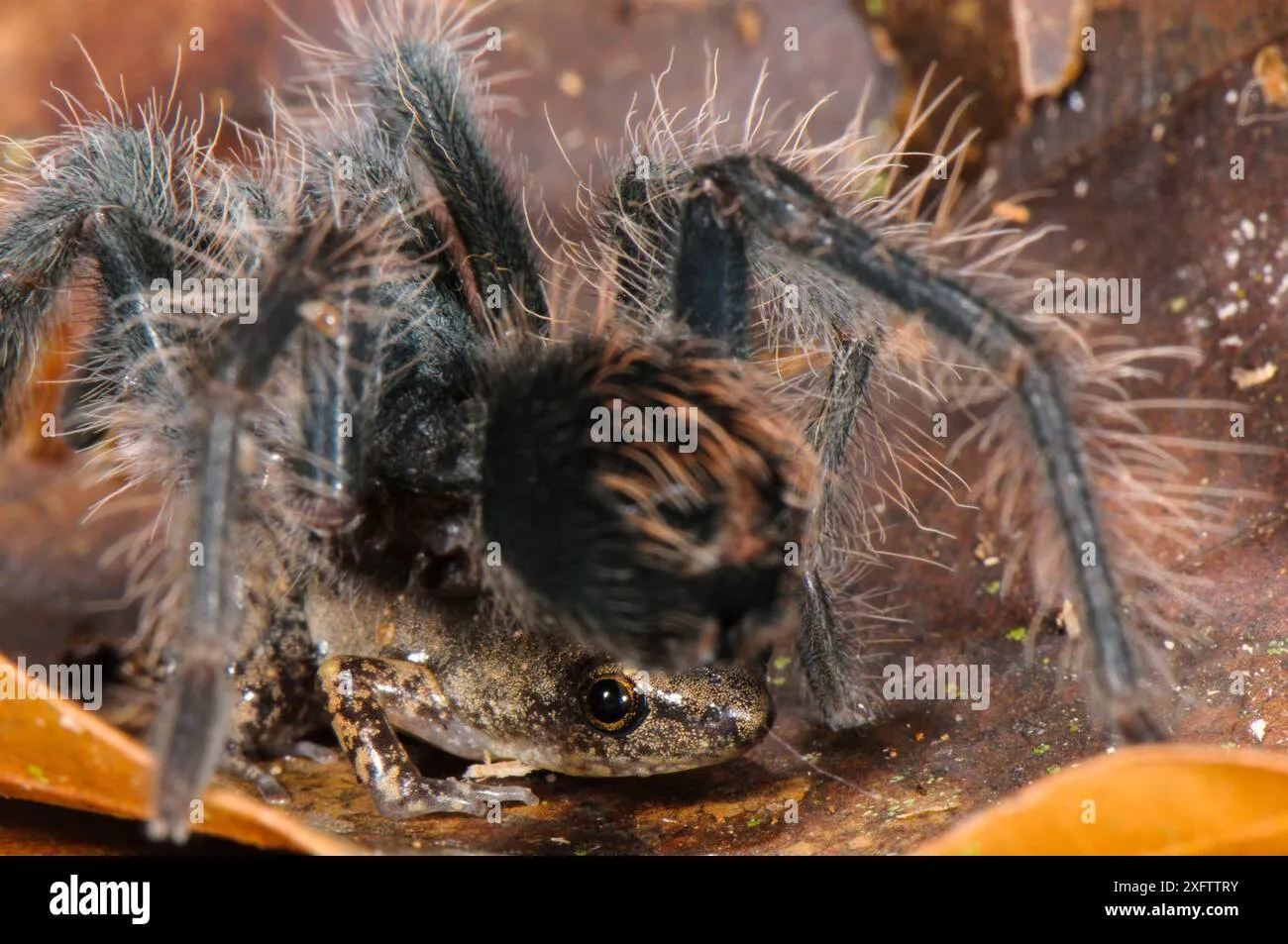The Humming Frog and Tarantula Habitat Unveiled
The fascinating world of humming frogs and tarantulas offers a glimpse into the diverse habitats that these creatures call home. These habitats are not only essential for their survival but also play a crucial role in maintaining the delicate balance of ecosystems. Understanding the specifics of where these animals live provides insight into their unique adaptations and the threats they face. From the humid depths of the rainforest to the arid expanses of the desert, the habitats of humming frogs and tarantulas are as diverse as the creatures themselves. The importance of these environments cannot be overstated as they directly influence the animals’ behavior, diet, and overall survival. This exploration will delve into the key aspects of these habitats, revealing the secrets behind their existence and the challenges they encounter.
Tropical Rainforests The Humming Frog and Tarantula
Tropical rainforests are among the most biodiverse ecosystems on Earth, providing a rich environment for both humming frogs and some species of tarantulas. These environments are characterized by high humidity, consistent temperatures, and a dense canopy that filters sunlight. This creates a unique microclimate that supports a wide range of plant and animal life. The abundance of food sources and the presence of suitable shelter make rainforests ideal habitats for many species. The rainforests also play a critical role in regulating global climate patterns and supporting countless ecological processes. The intricate web of life within these forests highlights the importance of preserving them from deforestation and other threats. These lush environments offer a vibrant setting for the interactions of humming frogs and tarantulas.
Understanding the Rainforest Ecosystem
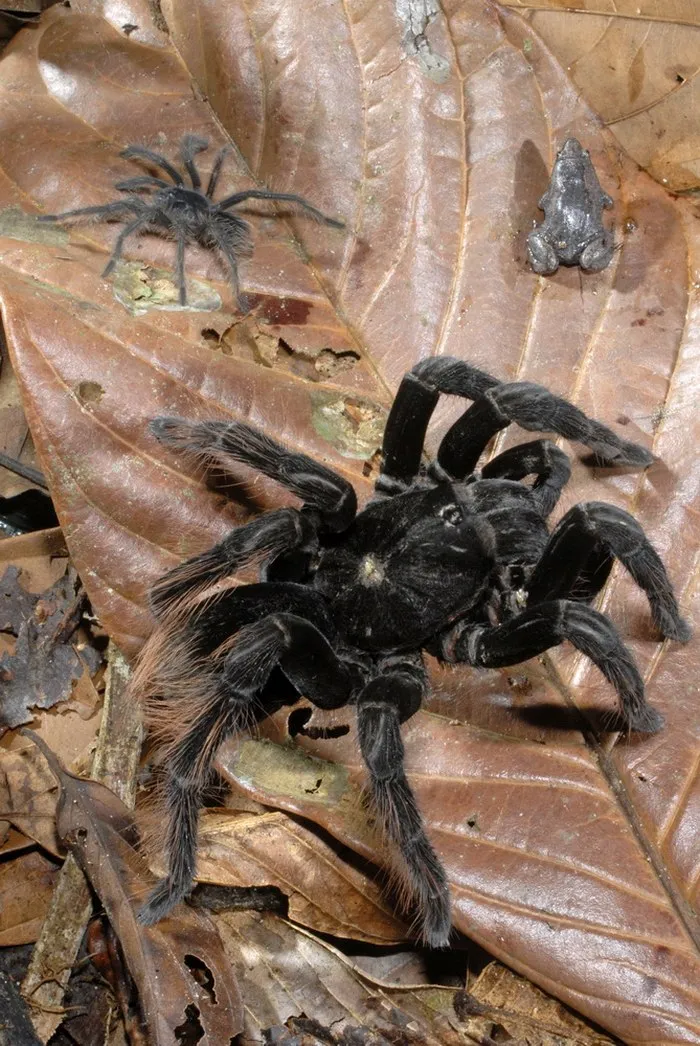
The rainforest ecosystem is a complex web of interactions between plants, animals, and the environment. The canopy provides shelter and food for various creatures, while the forest floor is home to decomposers that recycle nutrients. The balance of this ecosystem is delicate, and any disruption can have far-reaching consequences. The constant cycle of life and death, coupled with the interplay of different species, creates a resilient yet vulnerable environment. Understanding these intricacies is crucial for appreciating the importance of rainforests and the need for their conservation. Each element within the ecosystem contributes to its overall health and stability, forming a vital habitat for creatures like humming frogs and tarantulas.
The Importance of Humidity
Humidity is a critical factor in the rainforest ecosystem, particularly for species like the humming frog. The high moisture levels in the air prevent desiccation, allowing these amphibians to thrive. For tarantulas, humidity plays a role in their molting process and overall health. Rainforests maintain high humidity through the constant processes of evaporation and transpiration. This creates an ideal environment for many organisms that depend on it for survival. The presence of humidity also influences the types of plants that can grow in the rainforest, further shaping the habitat and influencing the species that live there. The stability of humidity levels is an essential element in maintaining a balanced and thriving ecosystem.
Adaptations to Rainforest Life
Both humming frogs and tarantulas exhibit remarkable adaptations to thrive in the rainforest environment. Humming frogs have specialized skin that allows them to absorb water directly from the environment. Tarantulas, with their nocturnal habits, utilize camouflage and stealth to hunt and avoid predators. These adaptations are the result of natural selection, which favors traits that enhance survival and reproduction. The rainforest’s varied conditions present numerous challenges, and these adaptations are key to each species’ ability to succeed in their environment. From physical traits to behavioral patterns, the adaptations seen in these animals illustrate the dynamic relationship between species and habitat.
Desert Habitats of Tarantulas
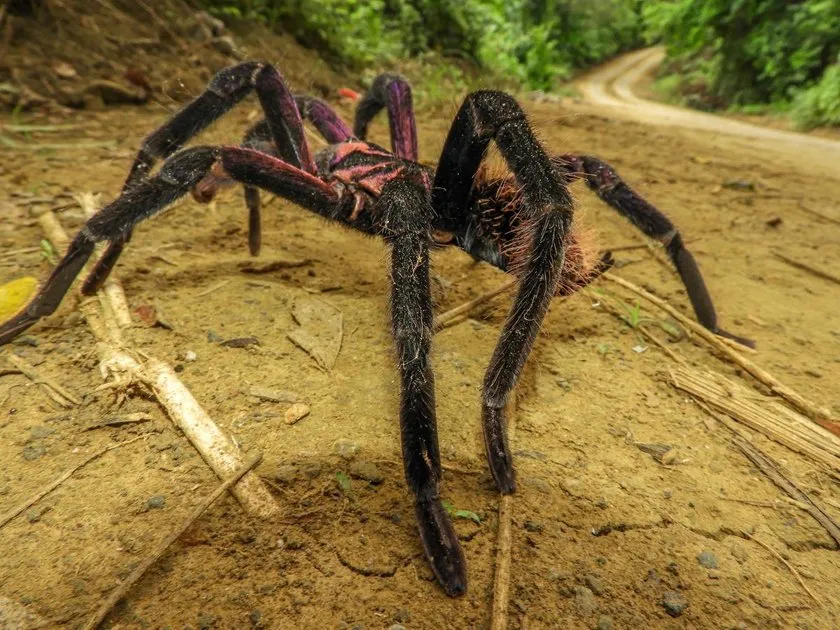
While some tarantula species inhabit rainforests, others have adapted to the harsh conditions of desert environments. These habitats are characterized by extreme temperatures, low humidity, and scarce water resources. The survival of tarantulas in these environments showcases their incredible resilience and adaptability. They have developed unique strategies to cope with the scarcity of water and the challenges posed by the environment. The desert presents a very different set of challenges compared to the rainforest, and tarantulas’ ability to overcome these obstacles highlights their evolutionary success. Their presence in the desert ecosystems also contributes to the overall biodiversity of the region.
Surviving the Arid Climate
Tarantulas in desert environments have developed several strategies to survive the arid climate. They conserve water by minimizing their activity during the hottest parts of the day and seek shelter in burrows or under rocks. Their exoskeletons also play a crucial role in preventing water loss. These adaptations are vital for maintaining hydration and regulating body temperature. The survival in the desert is a constant challenge, and the tarantula’s success depends on its ability to adapt to the scarcity of resources. The arid climate forces the tarantulas to be creative in their survival techniques, which is a fascinating element to their lifestyle.
Nocturnal Behavior and Burrowing
Nocturnal behavior is a key adaptation for tarantulas in the desert. By being active at night, they avoid the extreme heat of the day and reduce water loss. They also dig burrows, providing them with a cooler, more humid microclimate. These burrows serve as both shelter and hunting grounds, offering protection from predators and a stable environment. Burrowing behavior is essential for tarantulas’ survival in the harsh conditions. The selection of these burrows also shows us that they are carefully chosen, and the structure and position are carefully chosen to keep them safe and protected. The utilization of this nighttime activity allows them to thrive when conditions are most favorable.
The Role of Prey and Predators
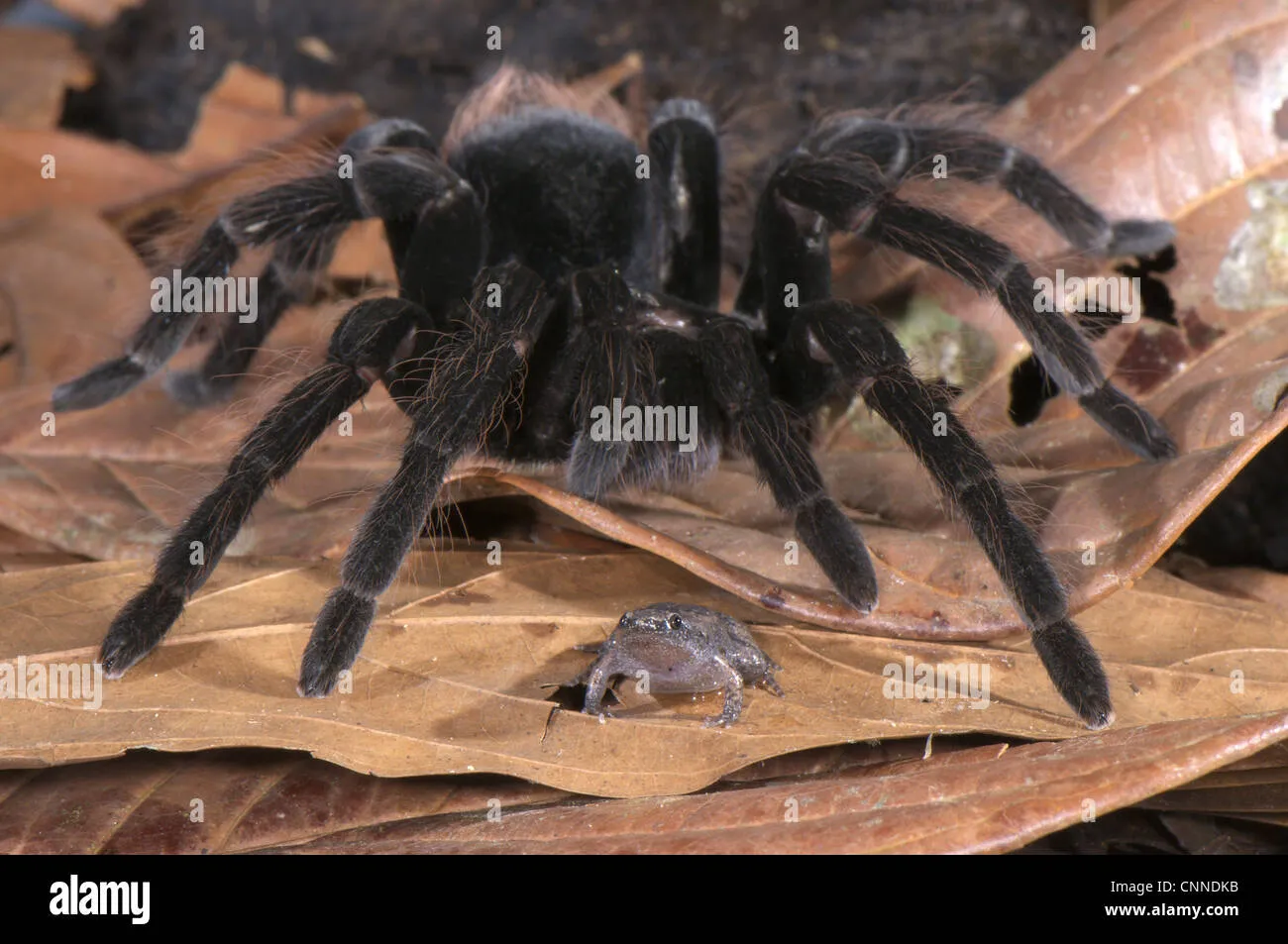
In both rainforest and desert habitats, tarantulas and humming frogs are integral parts of the food web. Tarantulas are apex predators, feeding on insects, small rodents, and sometimes even other tarantulas. Humming frogs, depending on their habitat, eat insects and other small invertebrates. They, in turn, may be preyed upon by larger animals. The interplay between predator and prey helps to regulate populations and maintain the balance of the ecosystem. The relationships within the food web are essential for ensuring the health and stability of the environment. Every animal has a role to play in the food web, and they each affect how the other animals behave and survive.
How Habitats Influence Survival
The habitat directly influences the survival of both humming frogs and tarantulas. The availability of food, water, and shelter are all determined by the specific characteristics of the habitat. The environment also affects behavior, such as hunting strategies and predator avoidance. The physical features of the habitat, such as temperature and humidity, also influence the animal’s health and reproductive success. These factors showcase how important the habitat truly is. Without the proper habitat, these creatures would be unable to successfully hunt for their food and have to find different methods of survival. The environment can be harsh or beneficial, depending on the circumstances.
Camouflage and Mimicry
Camouflage and mimicry are common adaptations that help both humming frogs and tarantulas to survive in their habitats. Camouflage allows them to blend in with their surroundings, making it harder for predators to spot them. Some species of tarantulas have evolved coloration and patterns that match their environment, and some humming frogs blend in with the leaves and vegetation. This makes them a more difficult target to hit for any predator. Mimicry involves mimicking the appearance or behavior of other organisms to deter predators or attract prey. These strategies are key to increasing the odds of survival in a world where both predators and prey are constantly evolving. Their ability to blend in allows for their survival to continue.
Defense Mechanisms of Tarantulas and Humming Frogs
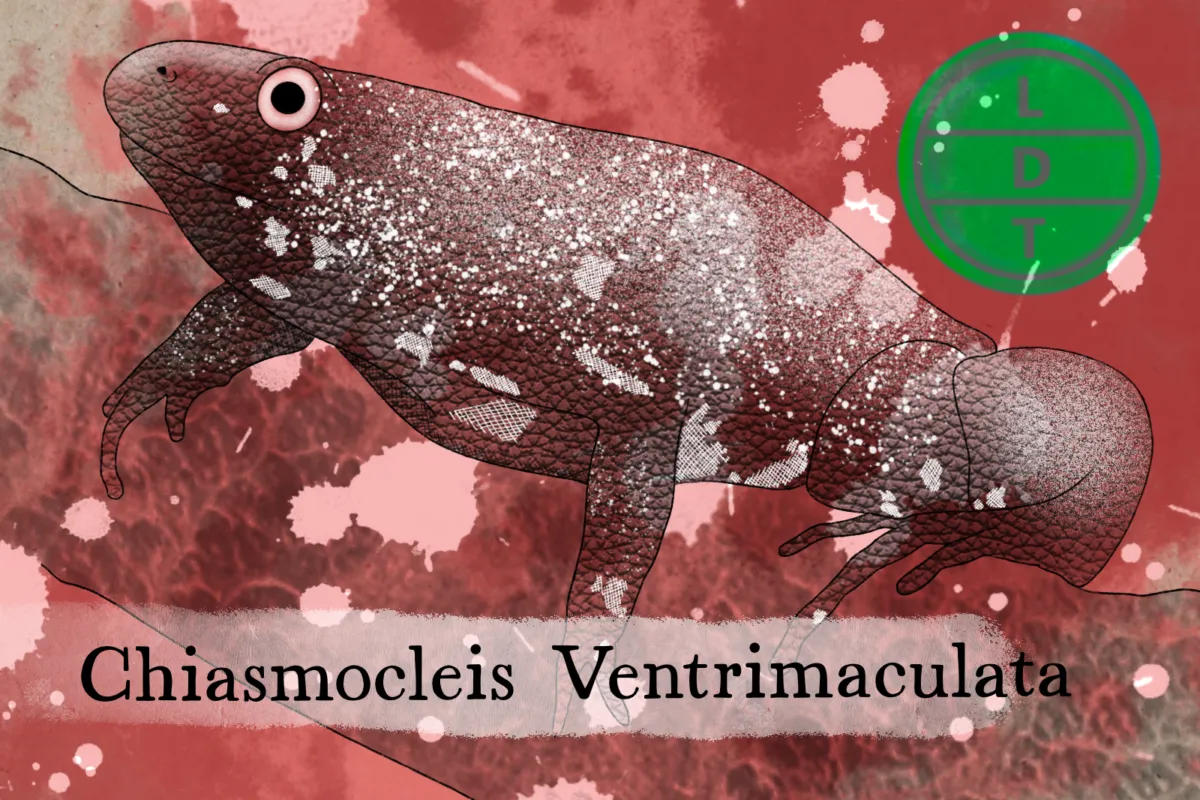
Tarantulas and humming frogs have a variety of defense mechanisms to protect themselves. Tarantulas have urticating hairs on their abdomen that they can flick at potential threats, causing irritation. Humming frogs may possess toxins or utilize bright coloration as a warning signal. These defenses are crucial for survival. These defense mechanisms showcase the diversity of adaptations that animals have developed to thrive in their habitats. Their ability to fight against predators is one of their key strengths, and without these techniques, they wouldn’t survive. The ability to defend against predators is a crucial factor for survival.
The Importance of Water Sources
Water sources are essential for the survival of both tarantulas and humming frogs. Humming frogs need water for hydration and breeding. Tarantulas require water for drinking and maintaining proper bodily functions. The availability of water can significantly influence population sizes and the overall health of the ecosystem. These animals utilize whatever water sources they can, from small puddles to streams. Without water, both animals would have difficulty surviving. Water’s influence on these creatures is evident, and the importance of this vital resource is something that can’t be overstated.
Conservation and Habitat Threats
The habitats of both humming frogs and tarantulas are increasingly threatened by human activities. Deforestation, climate change, and pollution all pose significant risks to these creatures and the ecosystems they inhabit. Understanding these threats is essential for developing effective conservation strategies. The importance of preserving their natural habitats cannot be overstated. The survival of these creatures is at risk if humans don’t do their part in protecting them. The more that the environment is damaged, the more difficult it is for these creatures to thrive.
Deforestation and Habitat Loss
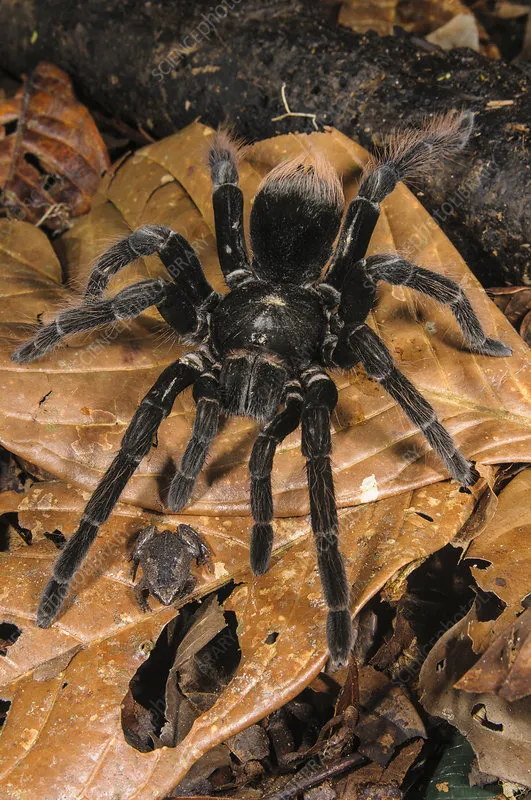
Deforestation is a major threat to rainforest habitats, leading to habitat loss and fragmentation. The clearing of forests for agriculture, logging, and development destroys the homes of countless species, including humming frogs and tarantulas. This habitat loss reduces the available resources, disrupts the food web, and can lead to local extinctions. The decline of habitat due to deforestation can destroy the entire ecosystem, putting everything at risk. The destruction of the rainforest can affect the climate as well, leading to widespread change. The impact of these losses can affect both animals and humans in an increasingly interconnected world.
Climate Change and its Impact
Climate change is another significant threat, altering temperature and precipitation patterns. These changes can disrupt ecosystems and threaten the survival of species that are not able to adapt. Rising temperatures and altered rainfall can make habitats less suitable for humming frogs and tarantulas. The effects of climate change are felt across the globe, and the impact on these creatures highlights the need for global action. The impact of these changes is not something to be ignored, and it is something that affects the entire world. Changing temperatures and conditions make life increasingly difficult for many different animals.
The Role of Conservation Efforts
Conservation efforts play a critical role in protecting the habitats of humming frogs and tarantulas. These efforts include establishing protected areas, promoting sustainable practices, and educating the public. By supporting conservation organizations and advocating for environmental protection, we can help to secure the future of these amazing creatures. Conservation is an ongoing process, and it requires the participation of individuals, governments, and organizations. The more that people are educated, the better off the environment will be. It is necessary for humans to get involved to protect the environment for both themselves and the animals.
Protecting the Future

Protecting the habitats of humming frogs and tarantulas is crucial for preserving biodiversity and ensuring the health of our planet. By understanding the threats they face and supporting conservation efforts, we can make a positive impact. The survival of these creatures depends on our collective actions. As humans, we can do our part to educate ourselves on environmental protection and do our best to promote it. The future of these creatures is in our hands, and it is important for us to do what we can to ensure their survival. This requires a combination of individual responsibility, and worldwide environmental protections. It’s up to all of us.
